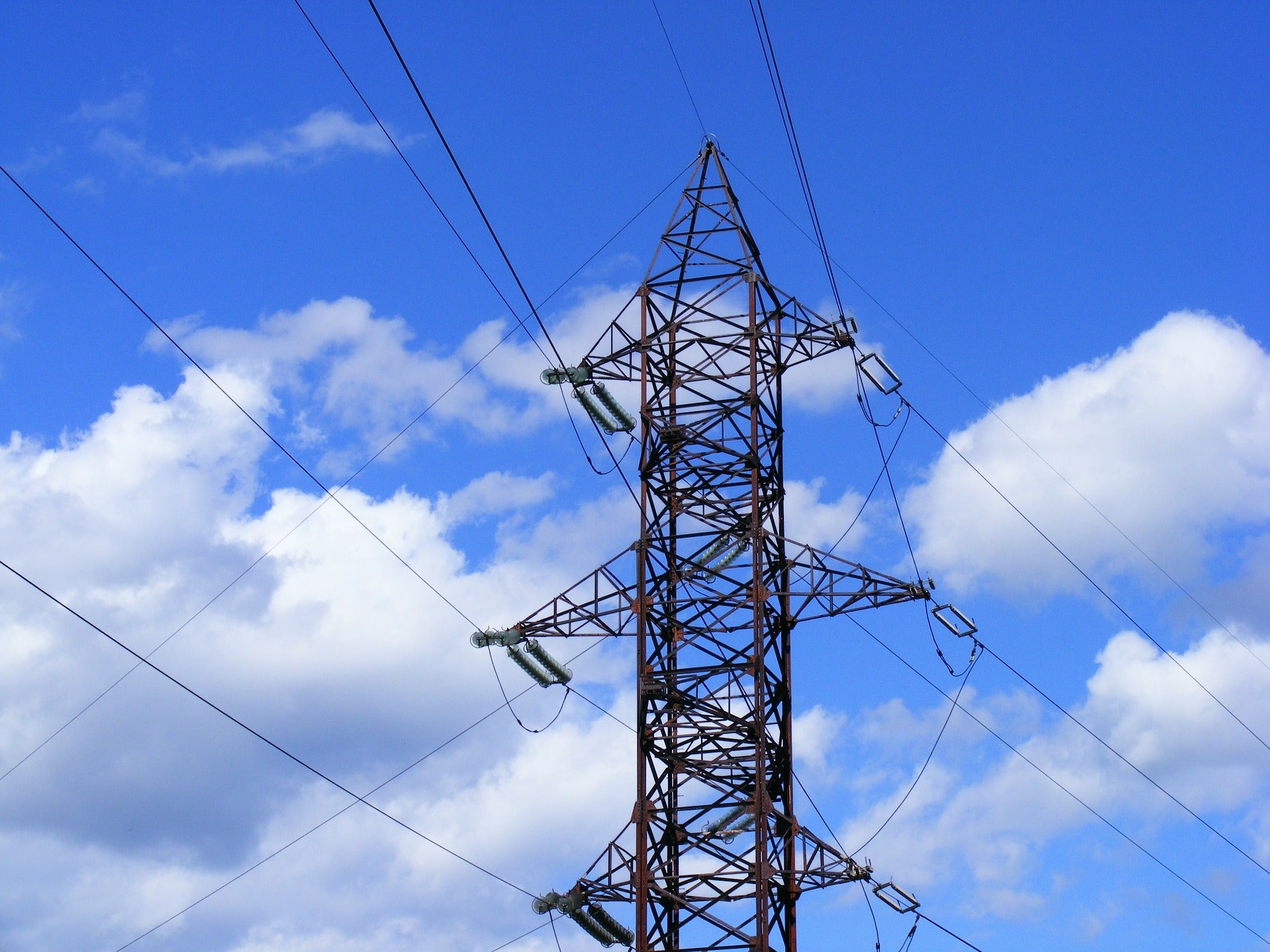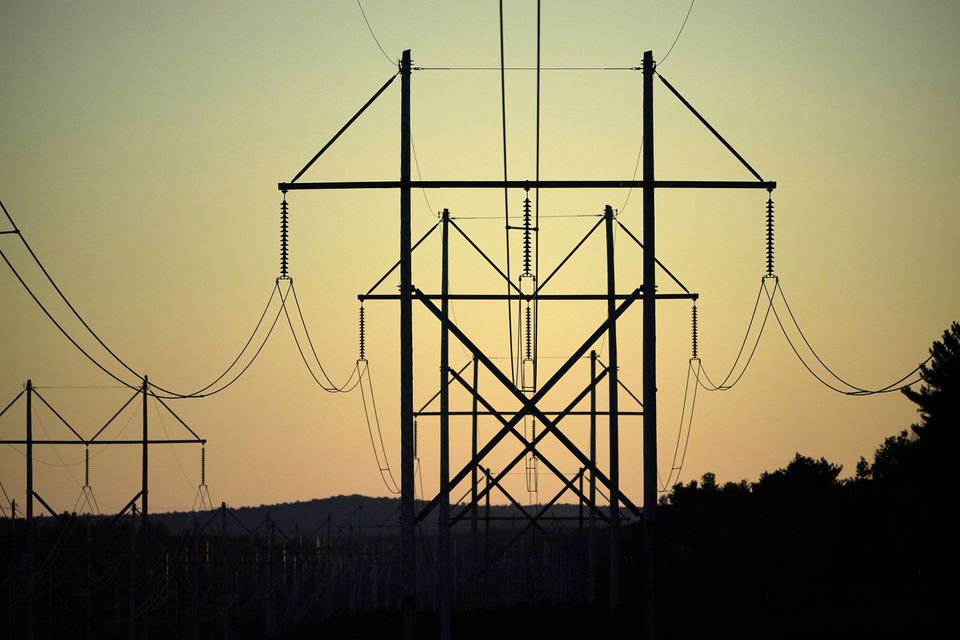Last Updated on May 14, 2023 by Ryan
In short, no – it does not matter which transmission line goes where. However, there are some factors to consider when determining the best configuration for your particular situation. The most important factor is impedance matching.
If the impedances of the transmission lines do not match, then reflections will occur and signal integrity will be compromised. Another factor to consider is crosstalk between pairs of transmission lines. Crosstalk occurs when signals on one pair of lines induce unwanted voltage levels on another pair of lines.
This can be minimized by proper routing and spacing of the transmission lines.
If you’re wondering whether it matters which transmission line goes where, the answer is yes and no. It depends on the situation. If you’re connecting two pieces of equipment that have different ground potentials, then it’s important to connect the “hot” conductor to the piece of equipment with the higher potential.
Otherwise, you could create a short circuit. However, if both pieces of equipment have the same ground potential, then it doesn’t matter which transmission line goes where.
How do Electric Transmission Lines Work?
Reverse Transmission Cooling Lines
Reverse transmission cooling lines are used to cool the transmission fluid in a vehicle. The fluid is cooled by circulating it through a series of tubes and fins that are located in the engine bay. The reverse cooling lines help to keep the transmission fluid from overheating, which can cause damage to the transmission.
The reverse cooling lines are made up of two parts: the primary line and the secondary line. The primary line is responsible for carrying the majority of the fluid, while the secondary line provides a backup in case of any leaks. The system is designed so that if one line fails, the other will still be able to keep the fluid cool.
There are a few things that can cause problems with the reverse cooling lines. One is if there is a leak in either line. This can cause fluids to escape and potentially overheat the transmission.
Another problem can occur if debris gets caught in either line, which can block or restrict flow and also cause overheating.
If you notice that your vehicle’s transmission is running hot, it could be due to an issue with the reverse cooling lines. If you suspect this may be the case, it’s important to have it checked out by a professional as soon as possible to avoid further damage.
You Can See:
How Do Transmission Cooler Lines Connect to Radiator
If your car has an automatic transmission, then it likely has a transmission cooler. This is a small radiator-like device that helps to keep the transmission fluid cool. The transmission cooler lines connect the transmission cooler to the radiator.
There are usually two lines – one for the inlet and one for the outlet. The inlet line brings hot fluid from the transmission into the cooler. The outlet line takes cooled fluid from the cooler back to the transmission.
The connection between the transmission cooler lines and radiator can be made in a few different ways. Sometimes, there are quick-connect fittings that make it easy to disconnect and reconnect the lines if necessary. Other times, the lines may be hard-wired into place.
Regardless of how they’re connected, it’s important to make sure that these connections are secure and free of leaks.
Transmission Supply Line
Transmission Supply Line
The transmission supply line is the main artery that supplies fluid to the transmission. It is pressurized by the transmission pump and returns fluid back to the reservoir.
The supply line consists of a high pressure side and a low pressure side. The high pressure side supplies fluid to the forward clutch, while the low pressure side returns fluid back to the reservoir. If there is a leak in the high pressure side, it will cause loss of hydraulic pressure and can lead to transmission failure.
Transmission Line Flow Chart
A transmission line flow chart is a powerful tool that can be used to help determine the best course of action for your Transmission project. The chart will provide you with an overview of the transmission process, from start to finish, and help identify potential areas of improvement.
The first step in using a transmission line flow chart is to identify the specific needs of your project.
What are the goals of the project? What are the constraints? Once these have been identified, you can begin to map out the overall flow of the project.
The next step is to identify which transmission lines will be used for each part of the project. This information should be clearly marked on the chart. Each line should be labeled with its capacity and voltage rating.
Additionally, if there are any special requirements or considerations for each line, those should be noted as well.
With all of this information in hand, you can now begin to fill in the details of each stage of the project. For each stage, you’ll need to identify who is responsible for what tasks, what equipment is needed, and what order things need to happen in.
By taking all of this into account, you can develop a clear and concise plan that will keep your Transmission project on track!

Credit: www.power-technology.com
Do Transmission Coolers Have a Flow Direction?
Yes, transmission coolers have a flow direction. The fluid should flow from the transmission to the cooler and then back to the transmission. If the fluid flows in the opposite direction, it will not be cooled properly and could overheat.
Which Way Does Transmission Fluid Flow Through Radiator?
Transmission fluid flows through the radiator in much the same way as any other liquid. Hot transmission fluid enters the radiator at the top and is cooled as it flows down through the radiator coils. The cooled fluid then exits the bottom of the radiator and returns to the transmission.
Where Do Transmission Cooler Lines Go?
Assuming you are referring to an automatic transmission, the answer is that there are two lines that come out of the transmission. One goes to the radiator where it is cooled by the coolant in the engine, and then returns to the transmission. The other line goes to what is called a heat exchanger, or an external cooler, where it is cooled by air passing over it (usually when the vehicle is moving).
The cooled fluid then returns to the transmission.
There are also some vehicles that have what is called a “self-cooling” system where there is only one line going from the transmission. This line goes to a heat exchanger (external cooler) and then back to the transmission.
The movement of fluid through this single line provides enough cooling for most driving conditions.
Which Line is the Return Line on a 4L60E Transmission?
The return line on a 4l60e transmission is the bottom line on the passenger side of the transmission. This is the line that returns fluid from the transmission to the radiator.
Which Line is the Return Line on the Th350?
The return line on the TH350 is the lower of the two lines. It is typically mounted on the driver’s side of the transmission and goes to the cooler. The return line is important because it returns fluid from the cooler back to the transmission.
If this line becomes blocked, it can cause major problems with your transmission.
Can You Drive With a Broken Transmission Line?
No, you cannot drive with a broken transmission line. When a transmission line breaks, it causes a loss of hydraulic pressure. This can lead to the car not being able to move, or if it is moving, the gears will grind and cause damage to the transmission.
Conclusion
If you’re wondering whether it matters which transmission line goes where, the answer is yes and no. It all depends on the type of vehicle you’re driving. If you have a manual transmission, it’s important to put the right gear oil in each individual gear.
However, if you have an automatic transmission, the order of the lines doesn’t really matter.



